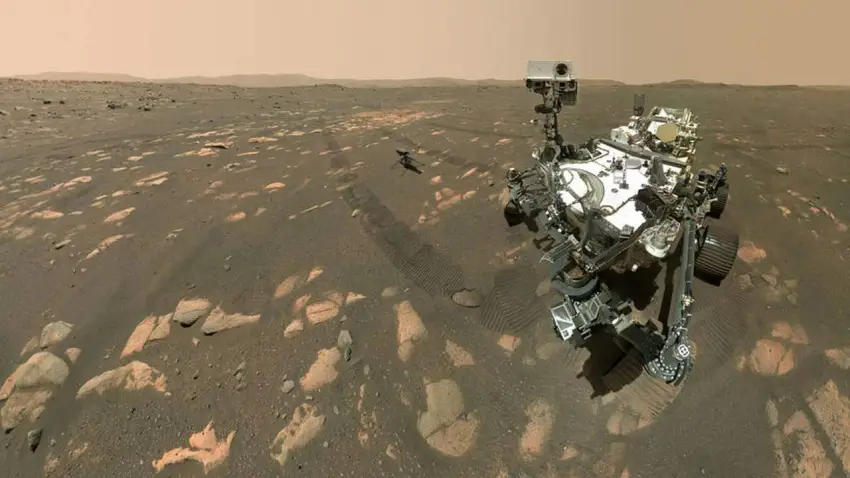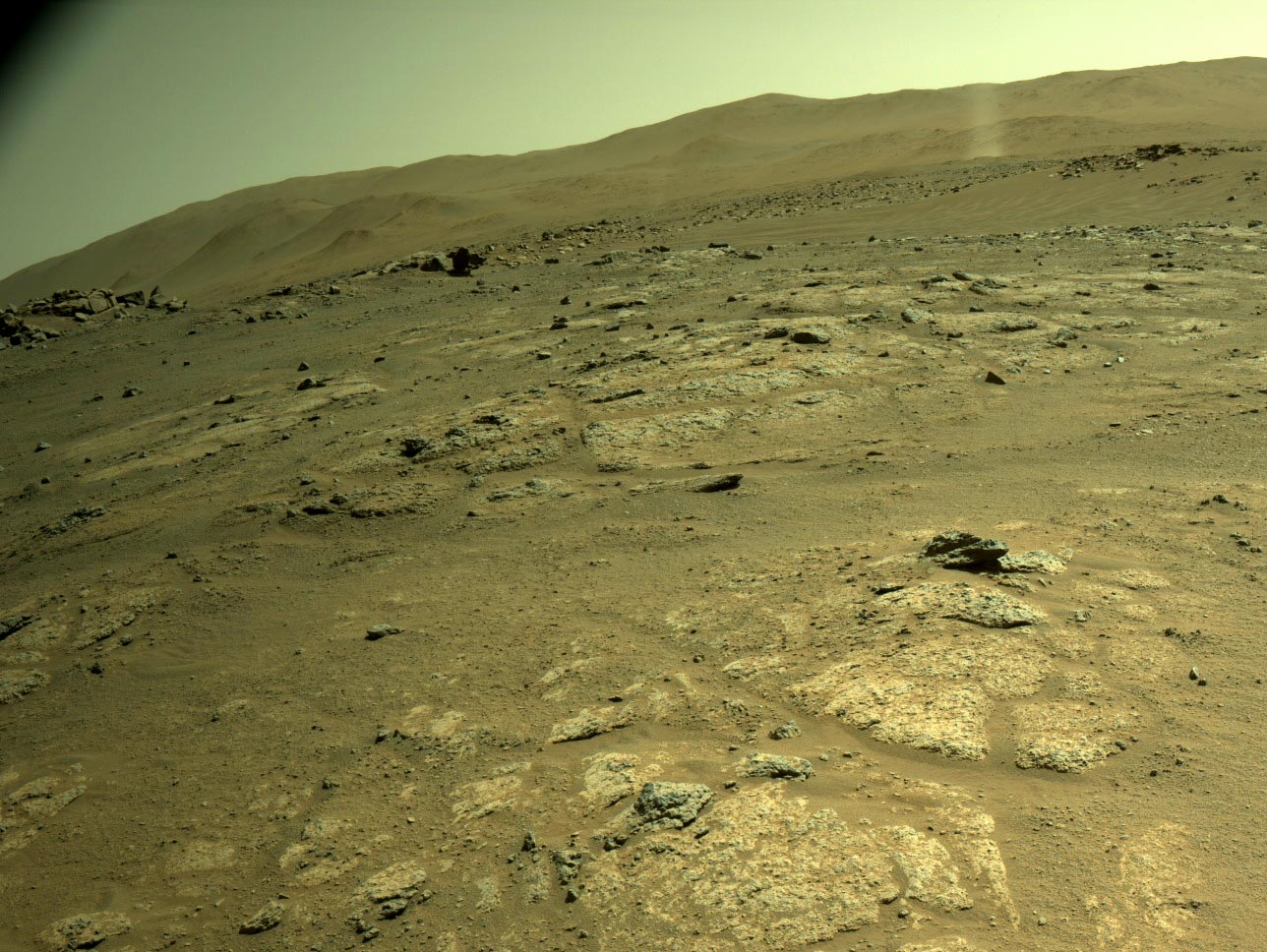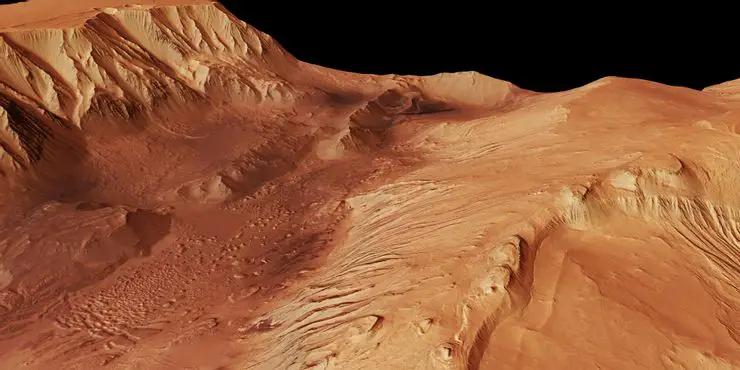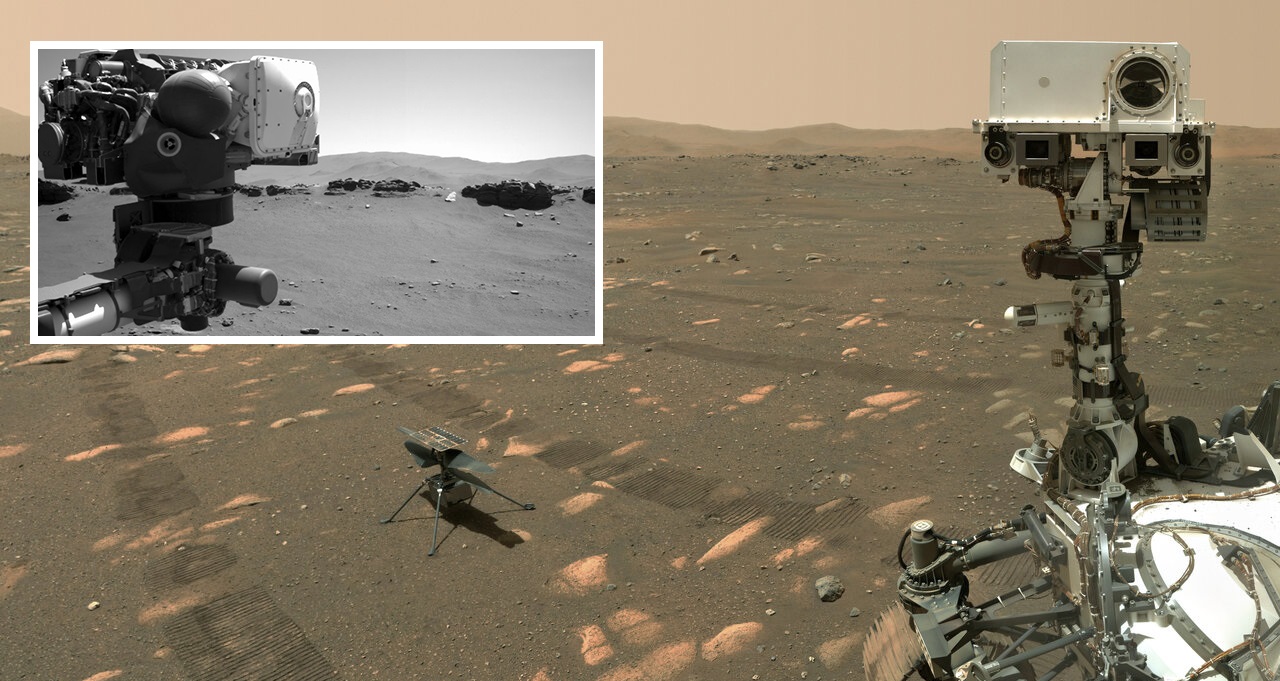Over the course of 2021, NASA’s Perseverance rover has taken hundreds of incredible photographs of Mars, and to make sure the year finishes on a good note, the robot recently released a charming selfie of itself overlooking the Martian plain.
This year marked a watershed moment in the history of Mars exploration. New information regarding Mars’ clay deposits, an old lake in the Jezero Crater, and an unanticipated link between Mars and Earth have come to light as a result of ongoing study.
Perseverance, NASA’s rover that arrived on Mars in February with the objective of uncovering ancient life, has been instrumental in much of this. Time NASA will have to wait a while to validate the rover’s findings, the mission is off to a fantastic start.

Perseverance has acquired hundreds of thousands of photographs, collected many rock samples, and visited different sections of Mars’ renowned Jezero Crater. Perseverance has done a lot for just being on the earth for around ten months.
However, just because the year is nearly over does not mean Perseverance is taking a break. Over the previous three days, the rover has continued to upload fresh Mars photographs, providing new views of the planet’s dunes, desolate landscapes, and more. On December 28, Perseverance released a fresh collection of pictures.
They are additional landscape photos that demonstrate the vastness of Mars’ surface. The image above is especially striking since it depicts Perseverance ‘gazing’ at the world around it. This is not the rover’s first Mars selfie, but it is always a little touching when it uploads a new one. Perseverance is a very active robot, collecting samples and exploring new regions.
It does, however, find time now and again to halt and shoot a nice shot like this.

The Same View, This Time Without Perseverance In It
Perseverance also posted a second photo of the same location beside the first. To have a better perspective of the region it is gazing at, the rover stepped out of the frame. It is not quite as cute, but it is still a fantastic photograph. The vast dunes in the background, a line of rocks immediately front of Perseverance, and tracks in the ground from its wheels are all visible in this one.
Looking back on all of Perseverance’s photos from 2021, it is nothing short of amazing. The rover would post a photo of a rock that looked like a frog one day. Another day, it snapped a shot that helped corroborate the old lake of the Jezero Crater. There is no way of knowing what the next batch of Perseverance images will bring, but every time they do, there is always something new to view. Let us hope that the latest Mars discoveries continue until 2022.

NASA’s Perseverance Mars Rover Captures a Spectacular Martian Sunset as Well as Important Science Images
The Perseverance rover is outfitted with a huge number of cameras—23 to be exact—that allow for a broad variety of scientific and technical research. These cameras have been our eyes on the ground since the rover landed at Jezero crater. The rover has already returned hundreds of beautiful photographs of local surface features in less than a year, giving us our first in situ look at rocks on the crater floor and inside the well-preserved crater delta.
Images from the rover cameras are crucial for deciphering the crater’s geologic history and detecting possible biosignatures in the Jezero crater rock record, which is a primary mission goal.

However, these cameras are utilized for more than simply photographing rocks. Every week, the rover crew collects a vast number of photographs of the sky and atmosphere around the rover, allowing scientists to investigate environmental dynamics and weather patterns.
The Navcam aboard the rover is often used to look for clouds in the sky and indications of dust rising on the surface, such as dust devils and other wind-driven dust occurrences. The Mars Environmental Dynamics Analyzer’s SkyCam images are regularly used to examine atmospheric opacity (tau), which varies depending on how much dust is in the atmosphere.
In order to examine diurnal variations in dust loading, two to four SkyCam photos are typically obtained each sol, purposefully distributed over several local hours. Mastcam-Z photos are also utilized to complement SkyCam tau measurements on occasion.
Over 60 atmospheric-focused operations have been done using rover cameras in the previous two weeks (sol 263–276), including over 40 SkyCam photos, roughly 10 Navcam dust devil observations, a handful of Navcam cloud views, and over a dozen Mastcam-Z tau images. One of these Mastcam-Z photos yielded a fortunate observation on sol 257: although the last of four tau images was planned too late in the evening to be utilized for opacity measurements, it was perfectly timed to capture the mission’s first sunset image.
The rover team will continue to gather air measurements to analyze weather and dust-lifting mechanisms during the duration of Perseverance’s investigation of the Jezero crater. Photographs of the surface will be used to investigate local geology and look for indications of ancient life, while images of the sky will be used to describe Mars’ environment and prepare for future human exploration.
Scientists Just Found Tons Of Hidden Water On Mars, And They’re Excited
Most people think of Mars as a dry, stony world, but a recent mission sent there by NASA’s Curiosity rover discovered vast quantities of liquid water under the planet’s surface. For all the planets in our solar system, Mars is among the most interesting. One theory suggests that there was once life on our planet billions of years ago. Mars is not just a popular subject in popular culture and science fiction, but it is also a major research topic for astronomers and scientists alike.
All of the robots that humans have launched to Mars throughout the years bear this out. Curiosity and perseverance are two of NASA’s five rovers that have arrived on Mars since 1997 and are actively investigating the planet. Mars’ first helicopter, Ingenuity, arrived on the red planet in February. Reconnaissance, MAVEN, and a slew of other human-built spacecraft have been sent into Mars’ orbit.
Recently, one of these orbiters discovered something that has scientists ecstatic. For the first time, researchers have discovered a significant quantity of water under Mars’ Valles Marineris canyon system, which is about the size of the Netherlands, according to a European Space Agency (ESA) study.
In the “uppermost meter” of Mars’ soil, TGO’s FREND instrument identified this water, which is presently being utilized to analyze hydrogen. “With TGO we can peer down to one meter beyond this dusty layer and observe what is truly going on under Mars’ surface—and, critically, find water-rich ‘oases’ that could not be identified with prior sensors.”
Why Scientists Are Excited About This Untapped Source of Water

If you are a space buff, you already know that water has been found on Mars before. The Perseverance rover discovered at Jezero crater in October that Mars formerly had a big lake. Over the years, other spacecraft have discovered several instances of frozen water under the Martian surface. On Mars, the notion of water is not a new one. But this specific discovery has a number of implications.
Frozen water makes up the vast majority of the water on Mars, especially near the planet’s poles. It is possible that this newly discovered water is likewise frozen, but since it is closer to Mars’ equator, it is more prone to evaporation. A “unique, as-yet-unknown combination of circumstances must be present in Valles Marineris to keep the water—or that it is somehow being replenished,” according to the ESA.
The discovery of water on Mars is equally fascinating since it is so near to the surface of the Red Planet. It is difficult to get to other water sources on Mars since they are frequently buried several kilometers deep. The fact that this water is “not too far below the earth” makes it a lot simpler for future expeditions to examine.
In addition, this is a significant step forward towards Mars exploration. In addition to making the Valles Marineris a fresh and interesting target, it adds another layer to Mars’ rich past. To put it simply, “Knowing more about how and where water exists on present-day Mars is essential to understand what happened to Mars’ once-abundant water and helps our search for habitable environments, possible signs of past life and organic materials from Mars’ earliest days,” TGO project scientist Colin Wilson says.

